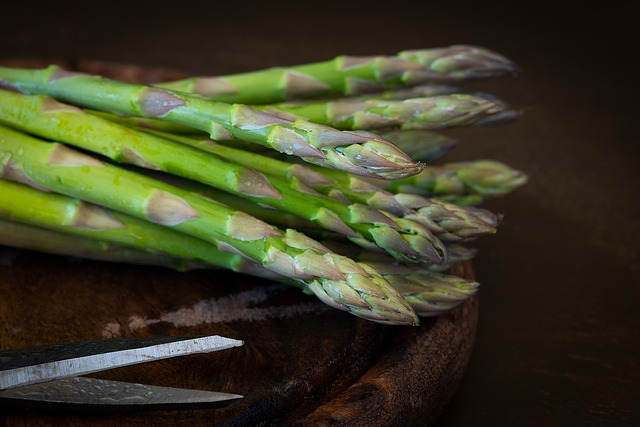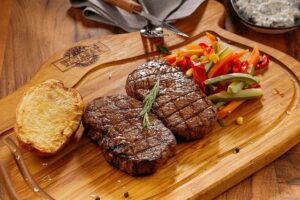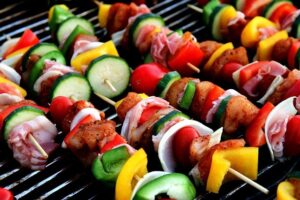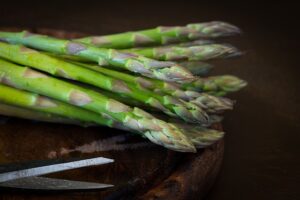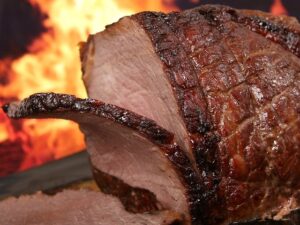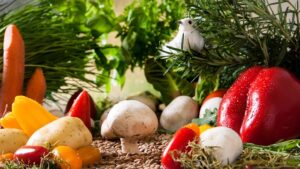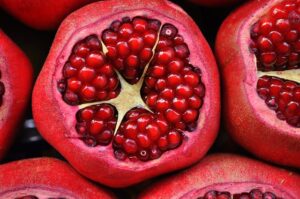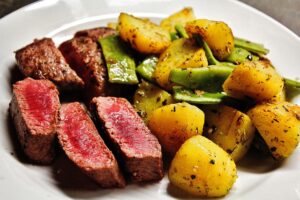Introduction
Eating an adequate amount of protein is essential for maintaining a healthy diet and supporting various bodily functions. For individuals looking to consume 160 grams of protein a day, it is important to have a well-planned diet that includes protein-rich foods. In this article, we will explore different strategies and food sources to help you reach your daily protein goal.
Calculating Protein Needs
Before diving into the specifics, it is crucial to determine your individual protein needs. The recommended daily protein intake varies depending on factors such as age, sex, weight, and activity level. A general guideline is to consume approximately 0.8 grams of protein per kilogram of body weight. However, for those who engage in intense physical activity or strength training, a higher protein intake may be necessary.
To calculate your protein needs, multiply your weight in kilograms by the recommended protein intake per kilogram. For example, if you weigh 70 kilograms, you would multiply 70 by 0.8 to get 56 grams of protein per day. Adjust this amount based on your specific requirements.
Protein-Rich Foods
To meet your daily protein goal, it is essential to incorporate a variety of protein-rich foods into your diet. Here are some excellent sources of protein:
Poultry and Meat: Chicken breast, turkey, lean beef, and pork are all high in protein. Aim for lean cuts to minimize saturated fat intake.
Fish and Seafood: Fish such as salmon, tuna, and trout are not only rich in protein but also provide omega-3 fatty acids. Shellfish like shrimp and crab are also good protein sources.
Dairy Products: Milk, yogurt, cottage cheese, and Greek yogurt are all protein-rich dairy options. Choose low-fat or non-fat varieties to reduce saturated fat content.
Eggs: Eggs are an excellent source of protein, with approximately 6 grams per large egg. They are also versatile and can be incorporated into various dishes.
Legumes: Beans, lentils, chickpeas, and other legumes are not only high in protein but also provide fiber and other essential nutrients. They are a great option for vegetarians and vegans.
Nuts and Seeds: Almonds, peanuts, chia seeds, and hemp seeds are examples of protein-rich nuts and seeds. They also offer healthy fats and other beneficial nutrients.
Tofu and Tempeh: These soy-based products are popular among vegetarians and vegans due to their high protein content. They can be used in various recipes as meat substitutes.
Meal Planning and Distribution
To ensure you consume enough protein throughout the day, it is important to distribute your protein intake across meals and snacks. Here are some tips for effective meal planning:
Breakfast: Include protein-rich foods such as eggs, Greek yogurt, or protein shakes in your breakfast. This will help kickstart your day with a good protein boost.
Lunch and Dinner: Incorporate a protein source in each of your main meals. This can be poultry, fish, lean meat, tofu, or legumes. Pair them with whole grains and vegetables for a well-balanced meal.
Snacks: Opt for protein-rich snacks like Greek yogurt, cottage cheese, protein bars, or nuts and seeds. These can help you reach your protein goal and keep you satiated between meals.
Conclusion
Consuming 160 grams of protein a day can be achieved by incorporating a variety of protein-rich foods into your diet. Remember to calculate your individual protein needs based on your weight and activity level. Plan your meals and snacks to ensure a balanced distribution of protein throughout the day. By following these strategies, you can meet your protein goal and support your overall health and well-being.
References
– Mayo Clinic: https://www.mayoclinic.org/
– Healthline: https://www.healthline.com/
– Academy of Nutrition and Dietetics: https://www.eatright.org/

